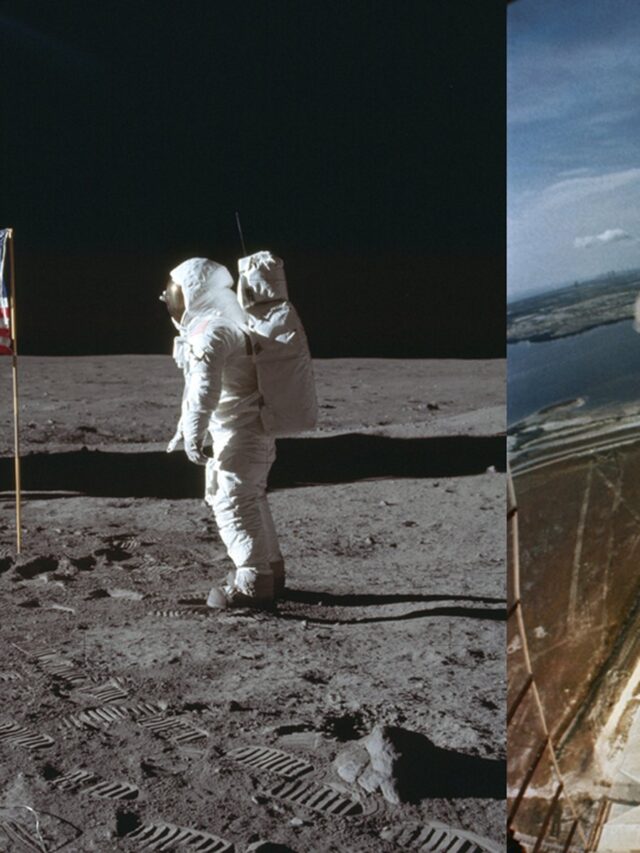Gallbladder Is a Small Pouch-Like Organ That Is Located in The Periphery of The Liver. It Houses the Surplus Bile, Which Is a Secretion That Helps in Assimilation of Fats In The Body. In Certain Cases, This Organ Needs to Be Removed Surgically, Which Is Known as Cholecystectomy.
It Often Is Done When There Are Gallstones Present In The Gallbladder And The Associated Ducts. Alongside Causing Pain and Digestive Problems, They Can Also Lead To Infection As Well.
Similarly, Removal Of Gallbladder Is Done In Cases Of Inflammation Of The Pancreas, Inflammation Of The Gallbladder, Choledocholithiasis And Biliary Dyskinesia.
Your Doctor Might Then Advise You to Get a Surgery as The Removal Is the Only Way Forward. You Should Thus Consult the Top General Surgeon In Lahore And Prepare Accordingly For The Surgery.
Discuss With The Surgeon
Before Going Forward With The Surgery, You Must Talk To Your Surgeon In Detail About The Procedure. Discuss The Finances, Have Your Insurance Sorted, And Know What Will Be Going On During The Procedure.
Also Understand Your Risks Of The Surgery And Proceed At The Discretion Of Your Doctor.
Read More: How To Get Started with Sbxhrl
Pre-Op Protocol
Before Any Surgery, You Need To Follow Certain Protocols, Which Include Not Eating Or Drinking Before The Surgery. Similarly, You Should Not Wear Any Lotion Or Scent Prior To The Operation.
You Should Also Shower Either At Home, Before Heading To The Hospital Or If You Are Getting A Surgery Suddenly, Then Discuss This With Your Caregiver. Wear Just Your Clothes, And No Other Jewelry Or Accessories.
It Is Also Important To Just Take The Medicines That Are Approved By Your Surgeon. Make Sure You Have Your Documents Complete Before Heading To The OT. Just Before You Are Taken For Surgery, You Will Also Receive Drugs For Relaxation.
Operation Protocol
There Are Different Types Of Surgeries That Are Performed For Removing Gallbladder, And The Procedure Varies Accordingly. In Open Surgery, The Surgeon Makes A Relatively Big Incision To Get The View Of The Gallbladder. There Is More Bleeding In Such A Procedure, As Naturally, The Incision Is Big.
In Minimally Invasive Surgery, Strategic And Small Incisions Are Made. Through These Holes, Light And Camera Are Inserted Inside Of The Body. It Is Often The Case With Laparoscopic Surgery.
A Type Of Minimally Invasive Surgery Is Robotic-Assisted Surgery. In This, The Surgeon Controls The Bot That Then Makes The Relevant Cuts And Sutures. Since Machines Are More Precise Than Humans, Such Surgeries Involve Smaller Cuts And Better Range Of Motion.
There May Be Tests Conducted During The Surgery. One Such Test Is Intraoperative Cholangiogram, Which Is A Type Of X-Ray To Check The Presence Of Gallstones, So The Surgeon Can Categorically Remove Them. Another Test Done In Lieu Is Laparoscopic Ultrasound.
Post-Operation
After The Operation, Patients Are First Housed In The Special Room To Determine If There Are Any Adverse Reactions. If There Are None, They Are Then Shifted To The Regular Room.
You Can Expect The Side-Effects Of General Anesthesia To Linger. Moreover, You Also Have To Care For The Incision. As With Any Wound, There Is Always The Danger Of Infection. If You Have Had Open Surgery, The Care Is Greater, Since The Incision Is Bigger.
In The Aftermath Of The Operation, You Will Feel Pain At The Site Of Surgery. You Might Be Allowed To Take Prescription Medication If Your Doctor Thinks There Is A Need For Them, Otherwise, You Can Also Manage Your Pain Using OTC Painkillers. As Icing Can Help, Clear With Your Doctor If They Think It’s A Good Idea For You.
You Might Also Have Nausea And Vomiting From The Gallbladder Removal. However, They Should Abate On Their Own. If They Are Not Resolving, Or If There Is Bleeding, Talk To Your Doctor.
After Being Discharged, Follow The Care Protocol Issued By Your General Surgeon In Islamabad.















